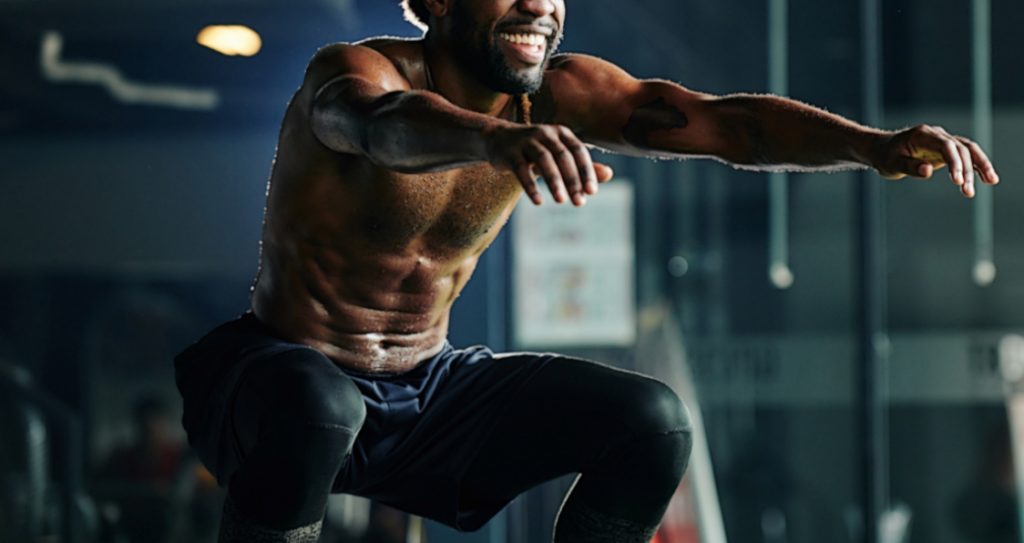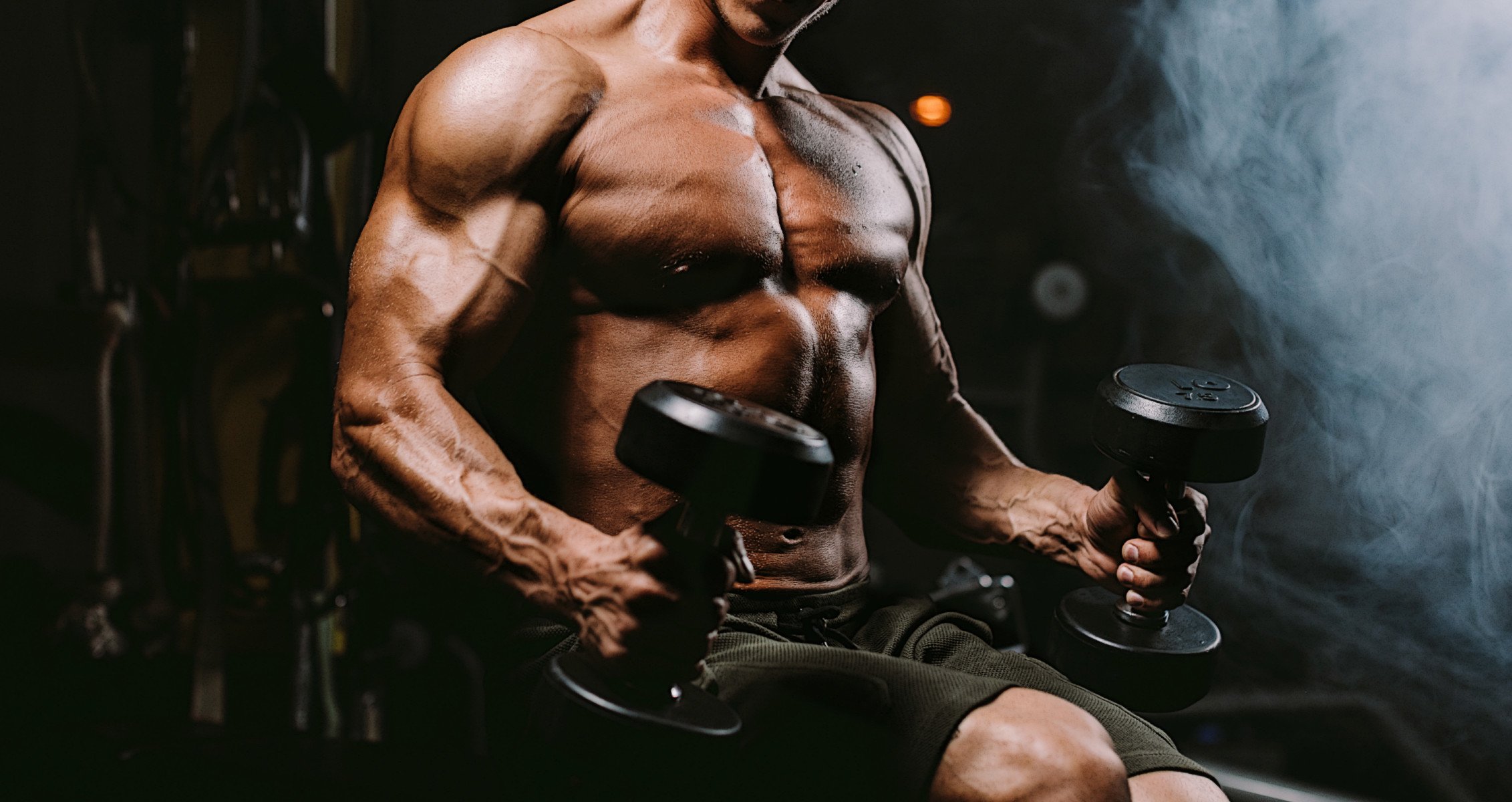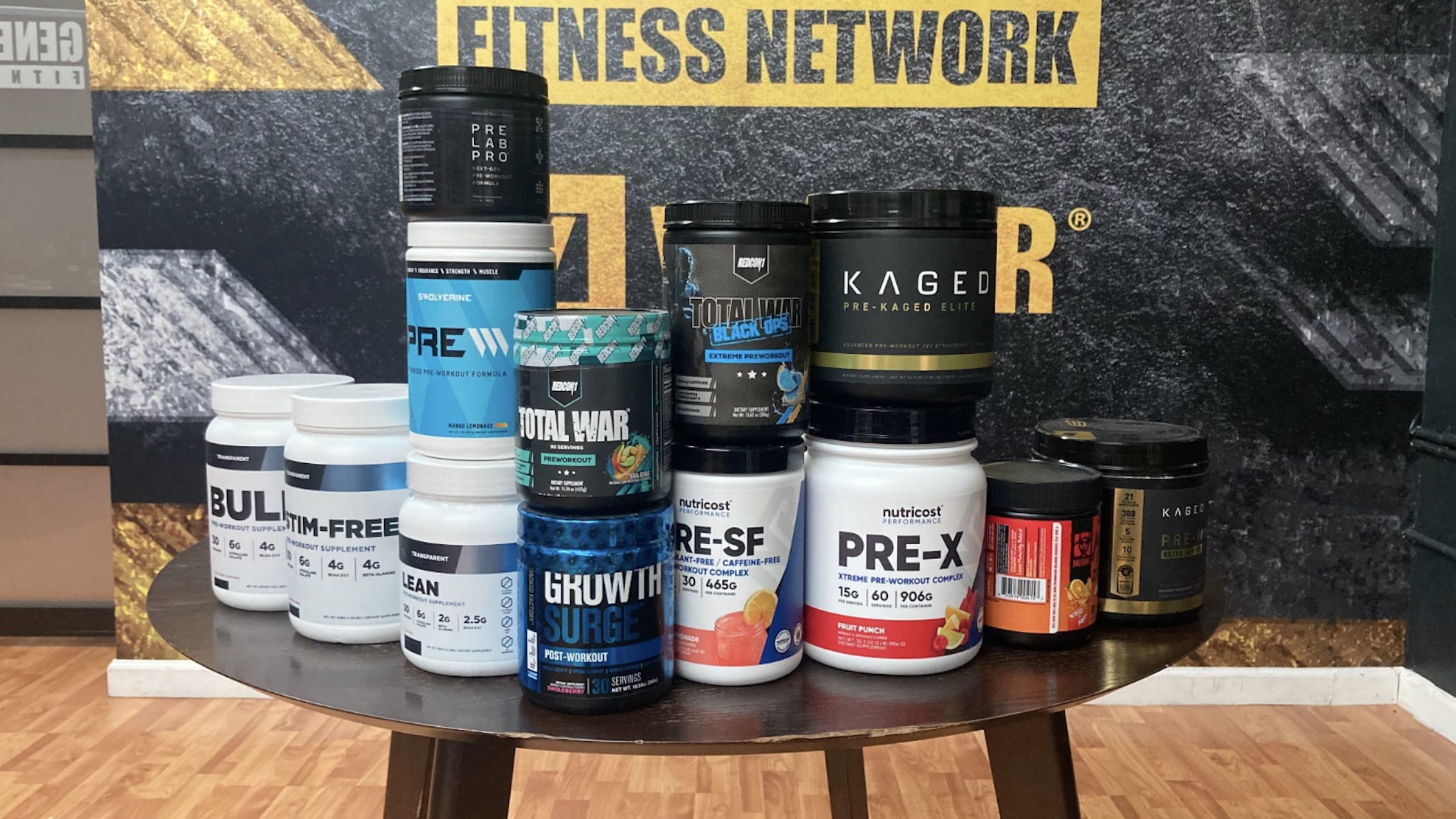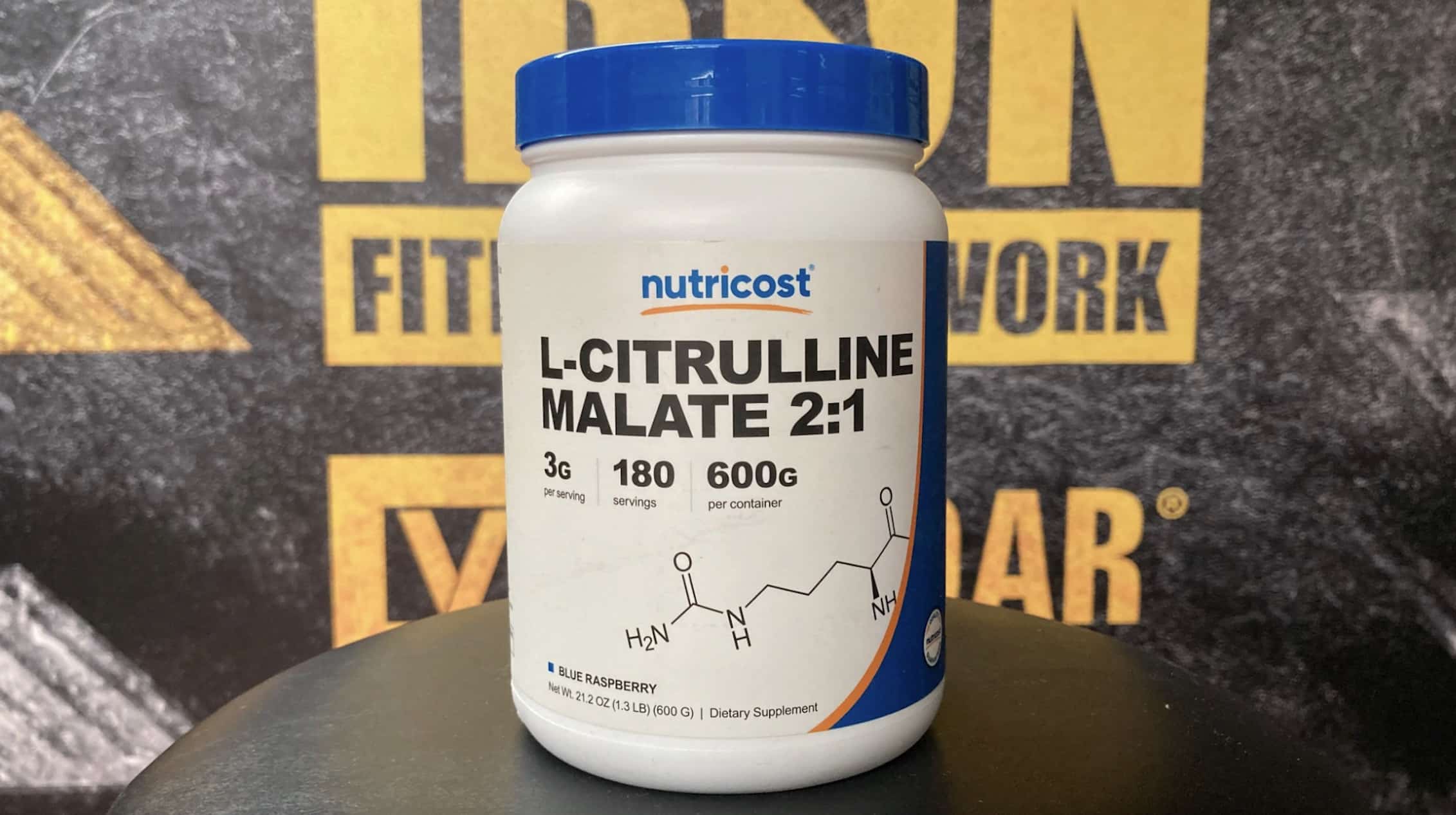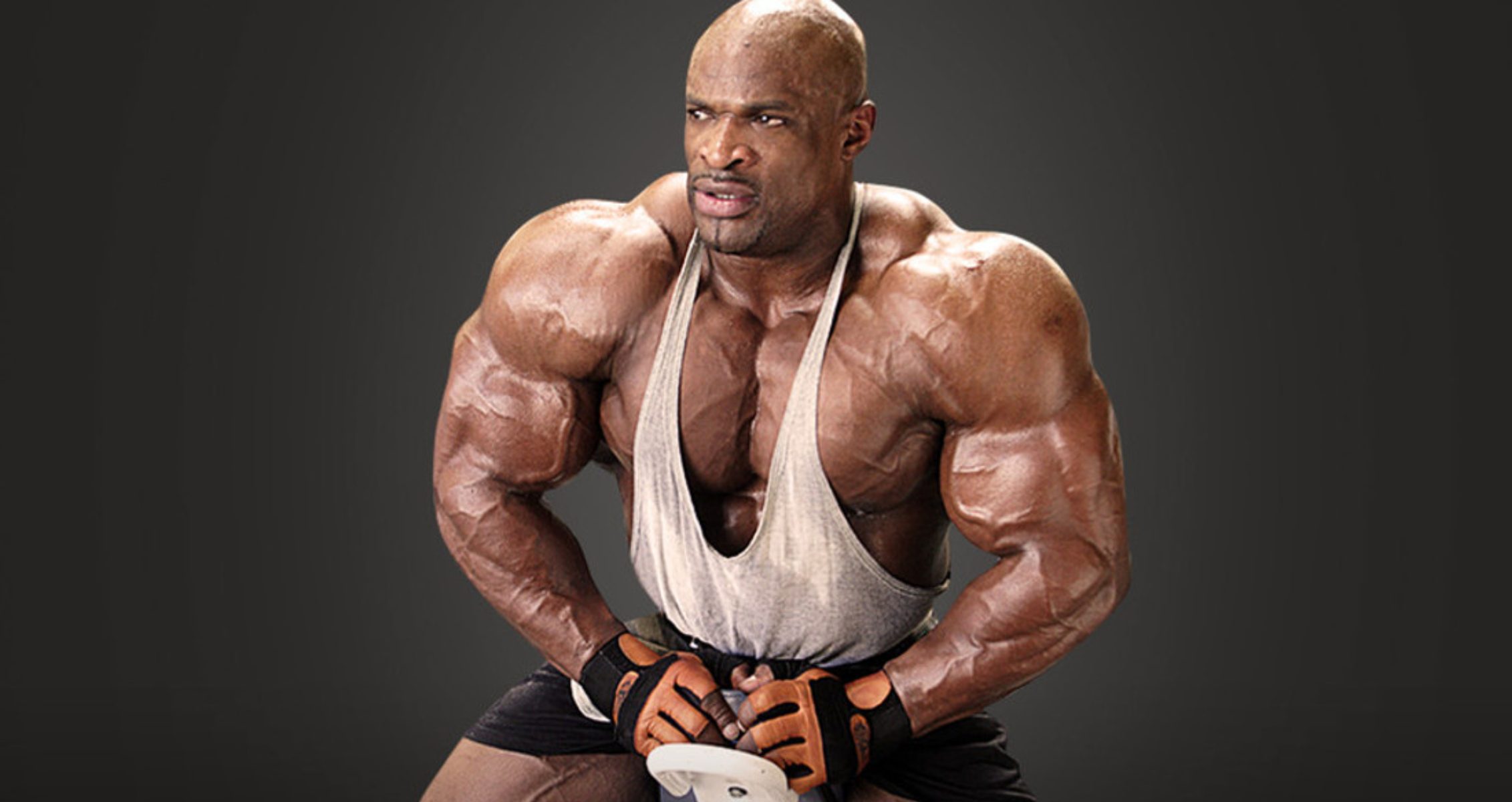How To Perform Bodyweight Workouts Safely and Effectively
Due to the worldwide pandemic in 2020, home-based training had become increasingly more popular during the past few years, with many people stocking up on home gym equipment like barbells and dumbbells and squat racks amongst other pieces of equipment. However, not everyone stocked up on equipment like that, and were left performing basic home workouts. Not only are home workouts simple and convenient, you also do not need a great deal of equipment in order to perform a tough workout.
However, without having access to equipment, only bodyweight exercises can be performed. For those who have even a basic level of fitness, the majority of bodyweight exercises can be performed for a high number of reps. This may not be the best for you either!
This article will highlight five reasons why high-rep bodyweight workouts might be causing more harm than good.
The Limitations Of Home Bodyweight Workouts
As touched upon, one of the main challenges with home bodyweight workouts is that it can be challenging to perform a workout that is challenging enough to bring about change.
By performing high-rep workouts, it is possible to develop muscular endurance, however, it is challenging to build serious strength using only bodyweight. Many bodyweight workouts lack the intensity required to develop strength because they do not utilize external loading.
In an attempt to increase this intensity, individuals often increase the number of reps performed per exercise. While this may indeed elevate the intensity and will enhance muscular endurance, heavy loading develops strength most efficiently (1) – something that is not possible with bodyweight training.
Furthermore, exercise selection can be difficult as there are fewer exercises to choose from when doing bodyweight workouts. As a result, you will often have to think outside the box in order to really challenge the body and bring about change. Not only can this make workouts restrictive, performing the same exercises time and time again for a prolonged period of time may not be particularly enjoyable or motivating.
As a result of the limited exercise pool, individuals often perform a number of exercises that work the same or similar movements and muscle groups. Working the same muscle groups and completing a high number of reps may lead to problems such as overuse injuries and poor movement patterns.
The Five Reasons Home Workouts are Not Enough
Although home training can be beneficial, there are some potential problems. This section will cover five reasons why high-rep bodyweight workouts may actually be causing issues.
1) Workouts May Not Lead To Substantial Change
As reflected on, a huge limitation with bodyweight only training is the fact that you cannot load the exercise. The only weight that you can utilize is your own bodyweight. For many individuals, this will simply not be enough to force the muscles of the body to adapt and increase in strength and function.
When exposed to a training stimulus, the human body will adapt to ensure that it can deal with this stimulus should it be exposed to it again. However, once the body has adapted to a certain point, it can comfortably deal with the demands of your training sessions.
Therefore, without the use of external loading, it can be difficult to place a powerful enough stimulus on the body to force it to adapt any further.
2) May Increase Stress Hormone Production and Lower Immunity
Cortisol is the primary stress hormone in the body that plays a variety of roles in blood sugar control, inflammation reduction, and metabolism regulation. However, high levels of cortisol can be detrimental to the body and can lead to symptoms such as anxiety, depression, digestive issues, headaches, and poor sleep.
Studies on high intensity workouts have determined that they increase the production of cortisol (2). Therefore, by regularly performing high intensity sessions, you may be causing a bit more harm than you’d like to. Extremely high intensity exercise sessions have also been found to reduce immune function and increase your susceptibility to contracting infections (3).
That said, it should be noted that this reduction in function only lasts for a short period of time. Nonetheless, it is still a risk that you should be aware of.
3) Increased Injury Risk and Development of Poor Motor Skills
Another potential risk of high-rep bodyweight workouts is overuse injuries such as tendonitis. These injuries occur when training intensity is simply too high, too soon.
Overuse injuries can be subtle and often take time to develop which can make them challenging to diagnose and treat. These injuries can be avoided by applying the progressive overload training principle where intensity starts low and gradually builds up over time.
This way the body can deal with the training stimulus and recover suitably thus reducing the chances of developing an injury. Furthermore, with high-rep exercise, fatigue can become a factor. As the amount of fatigue increases, our technique can become compromised.
Not only does poor technique increase the risk of injury, it may also retrain the nervous system to move in an incorrect way.
4) Many Home Workouts Are Not Functional
Although they may claim to be, many home workouts are not functional. The idea with functional fitness training is to perform exercises that will have a positive impact on day-to-day activities.
For example, utilizing exercises such as the squat and push-up may be considered functional as they replicate movement patterns that will be performed throughout the course of the day. While some of the exercises incorporated into the home workouts may be considered functional, the training structure may be far from functional.
As reflected on, many workouts hammer the same muscles and joints in a way that may lead to injury. In addition, if technique begins to break down as a result of fatigue, you will no longer moving in a way that is considered “functional”.
5) May Lead To Overtraining Syndrome
As with overuse injuries, overtraining occurs when the body simply cannot deal with demands being placed on it during training. Because recovery is compromised, the body does not adapt in the desired way. In actuality, regression will occur, rather than progression.
Performing workouts that incorporate a high number of reps too frequently, may not allow the body to recover adequately. If this is maintained over a prolonged time period, overtraining will occur (4). Some symptoms of overtraining include chronic fatigue, muscle soreness or pain, suppressed immunity, poor energy and performance levels, and low-quality sleep.
Once again, providing training commences at the correct intensity and follows progressive overload, overtraining can be avoided.
Training Principles For Bodyweight Home Workouts
This is not to say that home bodyweight workouts cannot be of benefit to your physical health and fitness. Rather, the workouts that you perform should follow a number of training principles that will ensure that you are exercising safely and most efficiently.
1) Apply Progressive Overload
To ensure that you optimize progress and reduce the chances of injury and overtraining, you must apply progressive overload to your training. As mentioned, this simply involves gradually increasing the training intensity over time.
If your training intensity is too low, progress will stall, however, if it’s too high, you run the risk of injury and overtraining.
This is why progressive overload is so important and undoubtedly the best way of ensuring that the intensity is managed and applied correctly. To increase workout intensity, consider gradually adding repetitions and sets, reducing rest periods, or altering the exercise to make it more demanding.
2) Split Your Training
Although the training sessions themselves are important, your ability to recover from the stresses of training are equally important. If your training is incorrectly structured, you may find that the body does not have time to fully recover and you may consequently end up going backwards.
A useful recommendation is to alternate between resistance workouts and aerobic workouts ensuring that you schedule in a minimum of one rest day per week.
However, this is entirely dependent on your training goals, preferences, level of fitness, and limitations.
3) Consider Your Training Goals and Limitations
The final principle that you must consider is your own training goals and potential limitations. All of the workouts that you perform should be shaped around these things. For example, if your goal is to improve upper body strength but you can only commit to a minimum of three workouts per week, find a program that is upper body orientated and fits your schedule.
It is crucial that you avoid biting off more than you can chew and understand your limitations. If you are new to home bodyweight workouts begin with the absolute basics. Following a more advanced program that is far beyond your capabilities is unwise.
Wrap Up
While home bodyweight workouts can be convenient and of great benefit, there are a number of common mistakes that can lead to suboptimal progress and injury.
By applying the three home training principles outlined in this article, it is possible to make great progress with your fitness and avoid these mistakes.
Let us know what you think in the comments below. Also, be sure to follow Generation Iron on Facebook and Twitter.
References:
1 – https://pubmed.ncbi.nlm.nih.gov/28834797/ Schoenfeld, Brad J.; Grgic, Jozo; Ogborn, Dan; Krieger, James W. (2017-12). “Strength and Hypertrophy Adaptations Between Low- vs. High-Load Resistance Training: A Systematic Review and Meta-analysis”. Journal of Strength and Conditioning Research. 31 (12): 3508–3523. doi:10.1519/JSC.0000000000002200. ISSN 1533-4287. PMID 28834797.
2 – https://www.ncbi.nlm.nih.gov/pmc/articles/PMC6162535/ Mangine, Gerald T.; Van Dusseldorp, Trisha A.; Feito, Yuri; Holmes, Alyssa J.; Serafini, Paul R.; Box, Allyson G.; Gonzalez, Adam M. (2018-07-14). “Testosterone and Cortisol Responses to Five High-Intensity Functional Training Competition Workouts in Recreationally Active Adults”. Sports. 6 (3). doi:10.3390/sports6030062. ISSN 2075-4663. PMC 6162535. PMID 30011910.
3 – https://pubmed.ncbi.nlm.nih.gov/9134882/ Nieman, D. C. (1997-05). “Immune response to heavy exertion”. Journal of Applied Physiology (Bethesda, Md.: 1985). 82 (5): 1385–1394. doi:10.1152/jappl.1997.82.5.1385. ISSN 8750-7587. PMID 9134882.
4 – https://www.ncbi.nlm.nih.gov/pmc/articles/PMC3435910/ Kreher, Jeffrey B.; Schwartz, Jennifer B. (2012-3). “Overtraining Syndrome”. Sports Health. 4 (2): 128–138. doi:10.1177/1941738111434406. ISSN 1941-7381. PMC 3435910. PMID 23016079.
